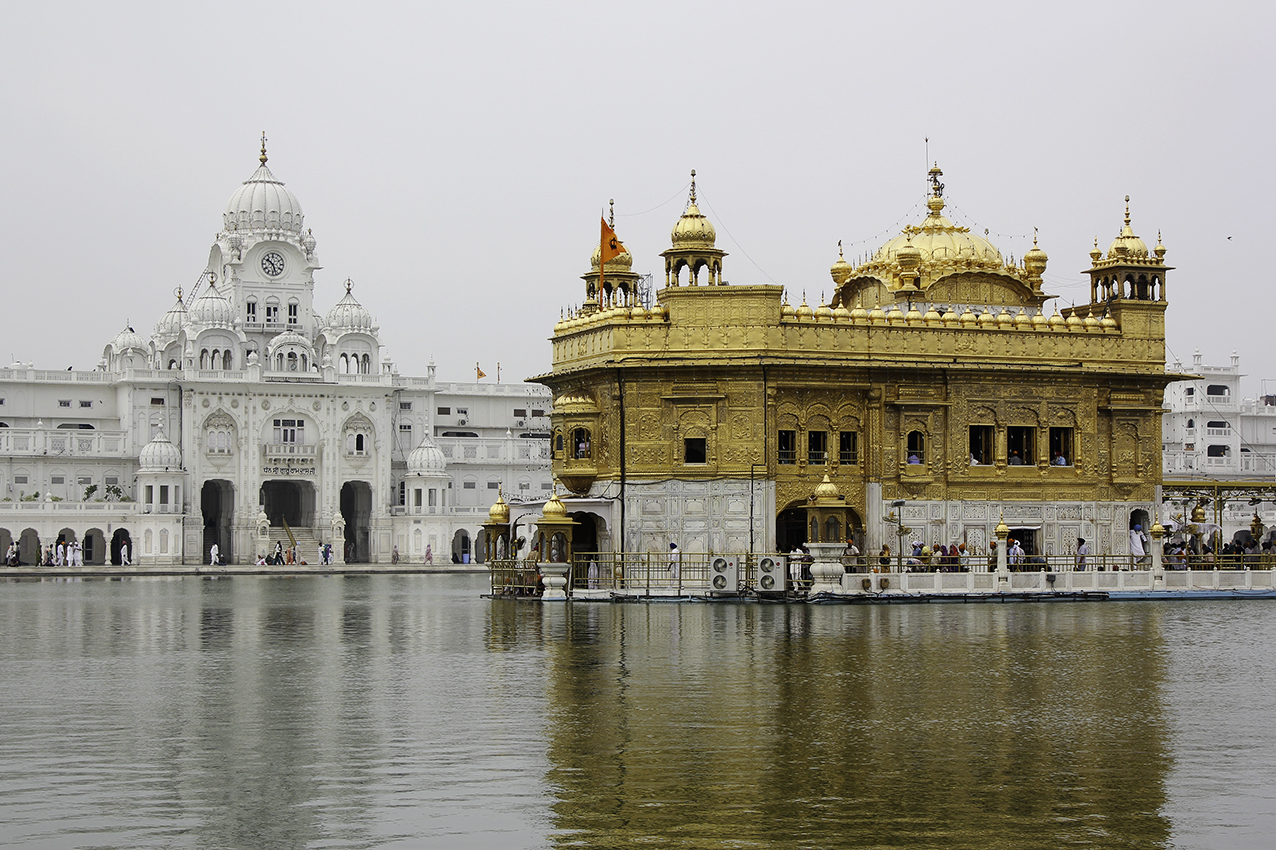
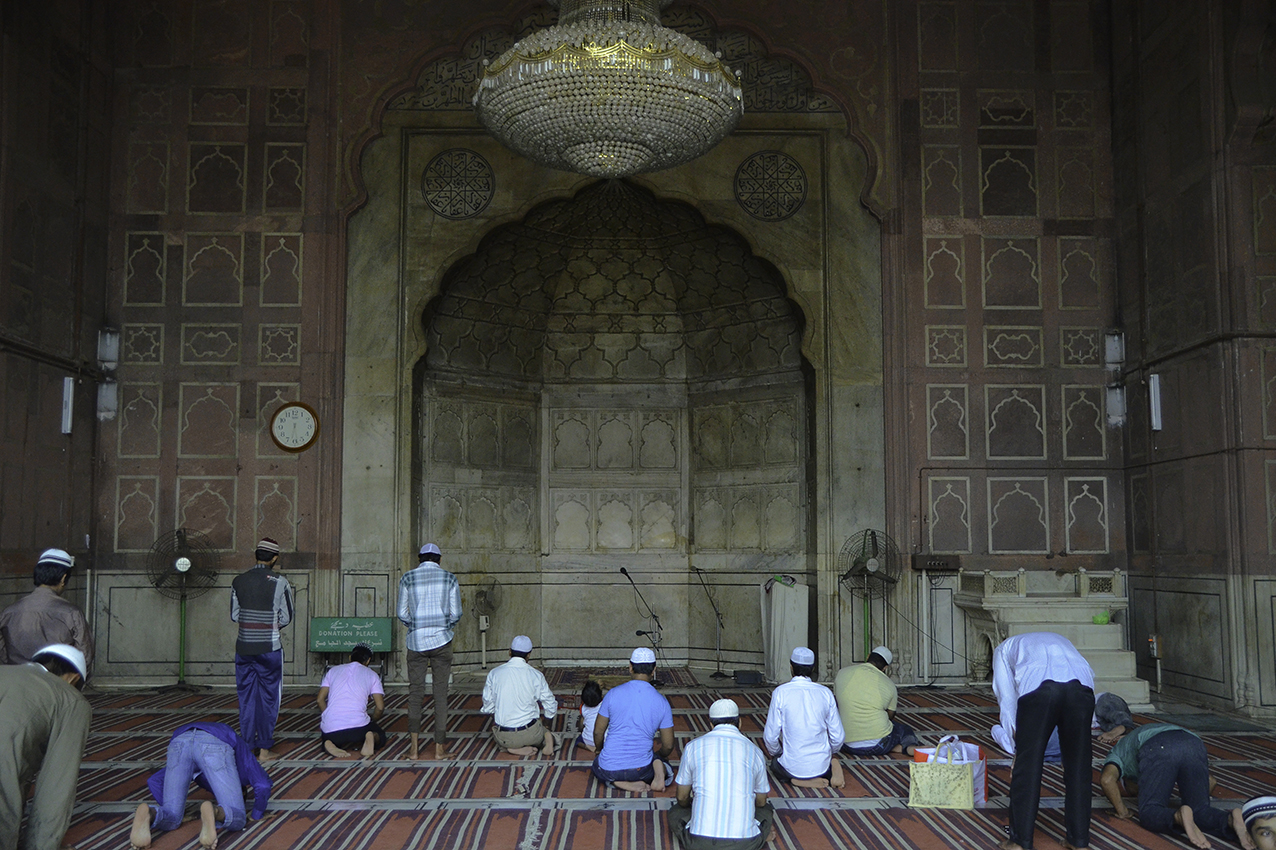
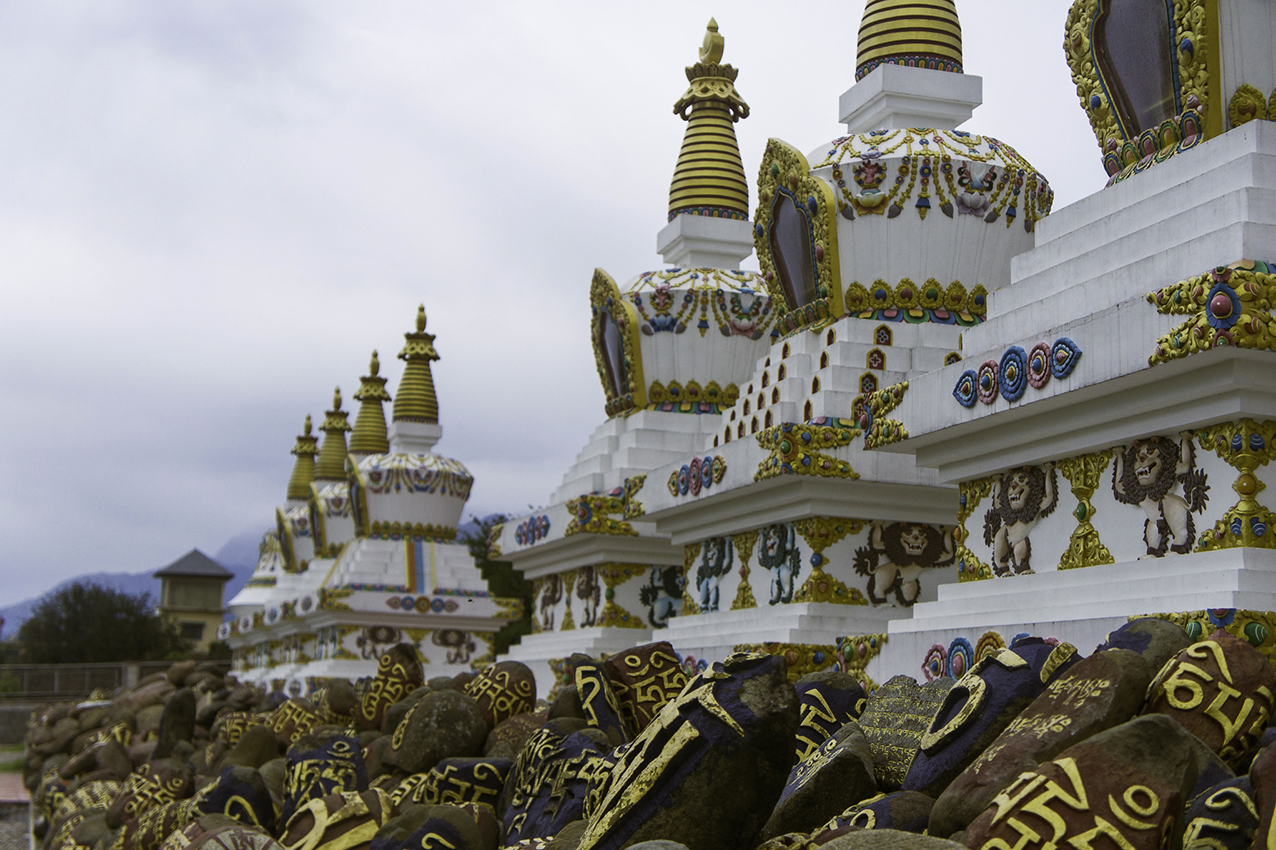
The azaan reverberates over the mild traffic din; pigeons cause ripples in the quietude of a tomb. Elsewhere, brightly coloured prayer flags flutter in the mountain winds; an old monk blows gently into the hot soup. A tiny aarti illuminates the dim evening sky; a river drowns in human chatter. Miles away, a golden structure shines brightly before losing its lustre to the night; the aroma of butter fills the air. Silent murmurs, closed eyes, hands folded in devotion across the expanse - all come together, engulfed in the endless stream of humanity.
India, in the ebbs and flows of its history, has seen the birth and evolution of many new faiths. This initiation journey unwinds through the major centres of different faiths in North India. The trail originates in the ancient town of Varanasi - a name that embodies the indefinable faith of Hinduism. The path then leads to Delhi, the city from where Islam flourished and evolved under the eventful rule of the Mughals. It then heads to Amritsar, the birthplace and embodiment of Sikhism. The journey ends in the languid hill town of Dharamshala, where Buddhism lingers palpably like the early morning fog.
The smudged reflections of a bright orange flame welcome one to the old city of Varanasi. Walking down the ghats, the many aspects of life - prayers and cusses, work and leisure, peace and chaos, birth and death - all flow together in harmony, their boundaries blurred. Within its thin alleyways reside temples and stones over which one stumbles upon a thousand myths and stories.
The busy streets of Delhi unveil pleasant sediments of Islamic influence at every turn. The old part of the city exudes a feeling - of life long camaraderie with a faith that has added greatly to the city's unique culture. The high rises and growing urbanity hold within them beautiful remnants - tombs, mosques and crafts - evoking a sense of lightness akin to that of an Urdu Ghazal.
Around the grand yet graceful structure of Harmandir Sahib has grown the city of Amritsar. Every lane of this city - from posters carrying religious symbols to the amiable people and their language - reminds one of the faith that they hold dear. Born out of the influences of two major religions, the religion’s emphasis on spirituality and service is captured best by the community meals served to everyone within the mandir premises.
The cool blue and green landscape of Dharamshala stands in contrast to the crimson Buddhist robes. The business of the streets fades into the meditative hum of the mountains and a faith. In the town’s cobbled streets, cosy cafes and serene monasteries, one finds the influences of Buddhism everywhere, nestled comfortably, having made this place its home since the last century.
-
Cities
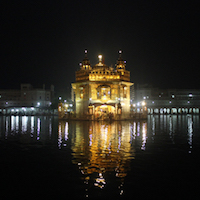
Amritsar
A holy city with a turbulent history, Amritsar never ceases amaze the visitor with its austere resilience. It takes its name from the tank that surrounds the famed Golden Temple, which translates to the ‘pool of nectar of immortality’. The city holds the distinction of being the spiritual throne of the Sikh faith and millions of faithful throng the city each day to get a glimpse of the sanctum of the Golden Temple. The allure of spirituality and undoubtedly, its history makes Amritsar a
favoured destination.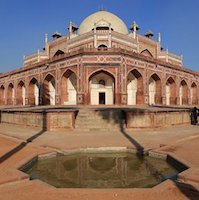
Delhi
Delhi is an enchanting medley of influences, one foot deeply grounded in time-revered traditions, whilst the other steps forth confidently into the future. The country's capital is a labyrinth of old structures speckling the suburbs juxtaposed with concrete blocks and crowded avenues. It is one of India's multifaceted cities, embracing diversity, while simultaneously offering the traveller historic masterpieces and a taste of contemporary India.
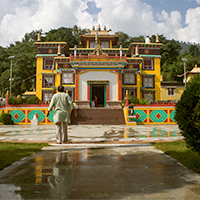
Dharamshala
A city that rose to prominence as the abode of Dalai Lama, Dharamshala is a laid-back hill town that celebrates the confluence of cultures. Once a settlement of the soldiers of the Gurkha Rifles regiment and a popular summer destination for the British, Dharamshala, with the arrival of Tibetans in the mid 20th century, has embraced various cultures, especially Tibetan Buddhism, with a solemnity that is unique to the mountains.
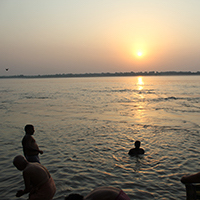
Varanasi
Benaras or Varanasi is one of the oldest continually inhabited cities of the world, finding mention even in Hindu mythology, a site of holy pilgrimage against the backdrop of the Ganges. Illustrious with the light of a thousand devotees, Benaras is intricately tied to Hinduism, Jainism, and Buddhism, resulting in the existence of hundreds of temples along the banks of the river.
-
EXPERIENCES
Discover an Enthralling Culture
Visit Norbulingka Institute, a self-sustaining community in Dharamshala that preserves and practices the many arts and craft traditions of Tibet, and be introduced to the magical culture that has grown out of the faith, Tibetan Buddhism.
Immerse in a soulful Qawwali session
Walk the alleyways of an old neighbourhood with an expert, to explore sites associated with famous Sufi saints such as Nizamuddin Auliya and his prominent disciple Amir Khusrau. Meander around streets lined with tiny shops, to emerge at the Hazrat Nizamuddin Dargah, the shrine of a Sufi mystic for a musical evening.
Observe the Benaras way of life
Explore the narrow alleyways that pulsate with the religious fervour of devotees and ascetics alike. Walk along the ghats to observe throngs of humanity, go about its daily life with pomp and fervour.
Share a Langar meal
Visit the Golden Temple and experience the heartwarming philosophy propounded by Sikhism by attending langar. Serve and share a meal with the community that comes together as a whole, blurring all differences.
Visit a Tibetan settlement
Take an excursion to the Tibetan settlement in Delhi, Majnu ka Tila, where you will walk the narrow streets of the colony, visit a monastery and interact with a monk. Sample some street food and spend time with brocade and handmade paper makers, or maybe even try your hand at a game of carrom with the local boys.

Cathedrals of Ecstasy
Retrace our steps with Hole & Corner as we explored the derelict performance spaces of Chennai and Madurai in the south...
Behind-The-Scenes • South India

Of Myth and Mist
A classic journey exploring the many cultures that exist in Northeast India, through the states of Assam, Meghalaya, and Nagaland...
Bespoke Journey • East India
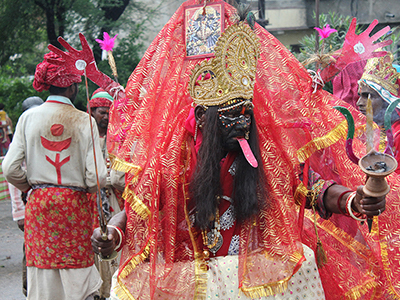
Gauri, a dance drama
They stamp their feet rhythmically. Mouths shout words, instruments loudly answer to them, preparing the entrance of today’s celebrities...
Narrative • North India
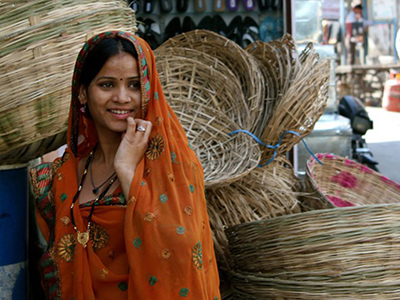
A Delightful Celebration
The moon is high in the sky when we arrive at the boat jetty of the Lake Palace in Udaipur. The white outline...
Narrative • Rajasthan

Fateh Garh
A luxury boutique hotel perched on the edge of the Aravalli hills that run through the city of lakes...
Hotel Guide • North India
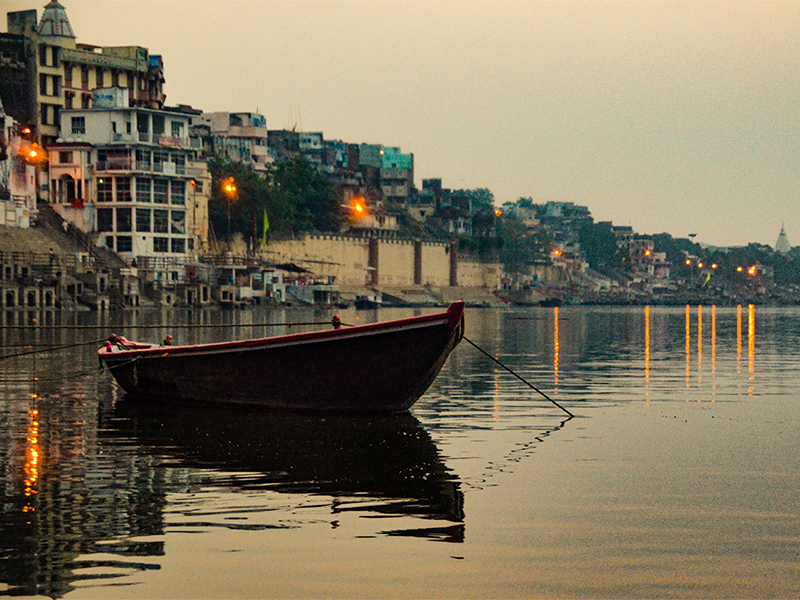
Daughter of the Mountains
A journey along the cities of the Indo-Gangetic Plains exploring the ways of life of its people as shaped by the river Ganges...


